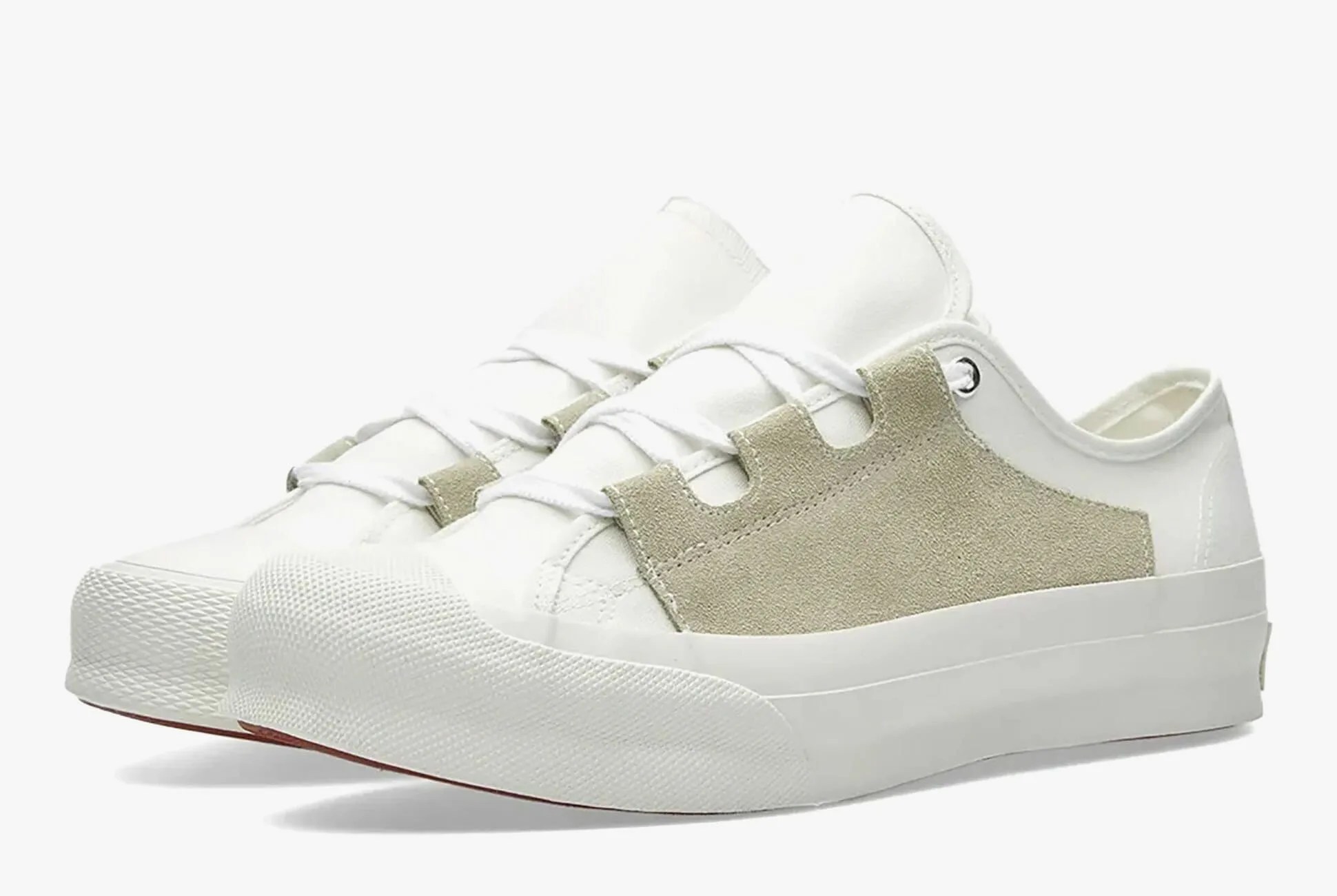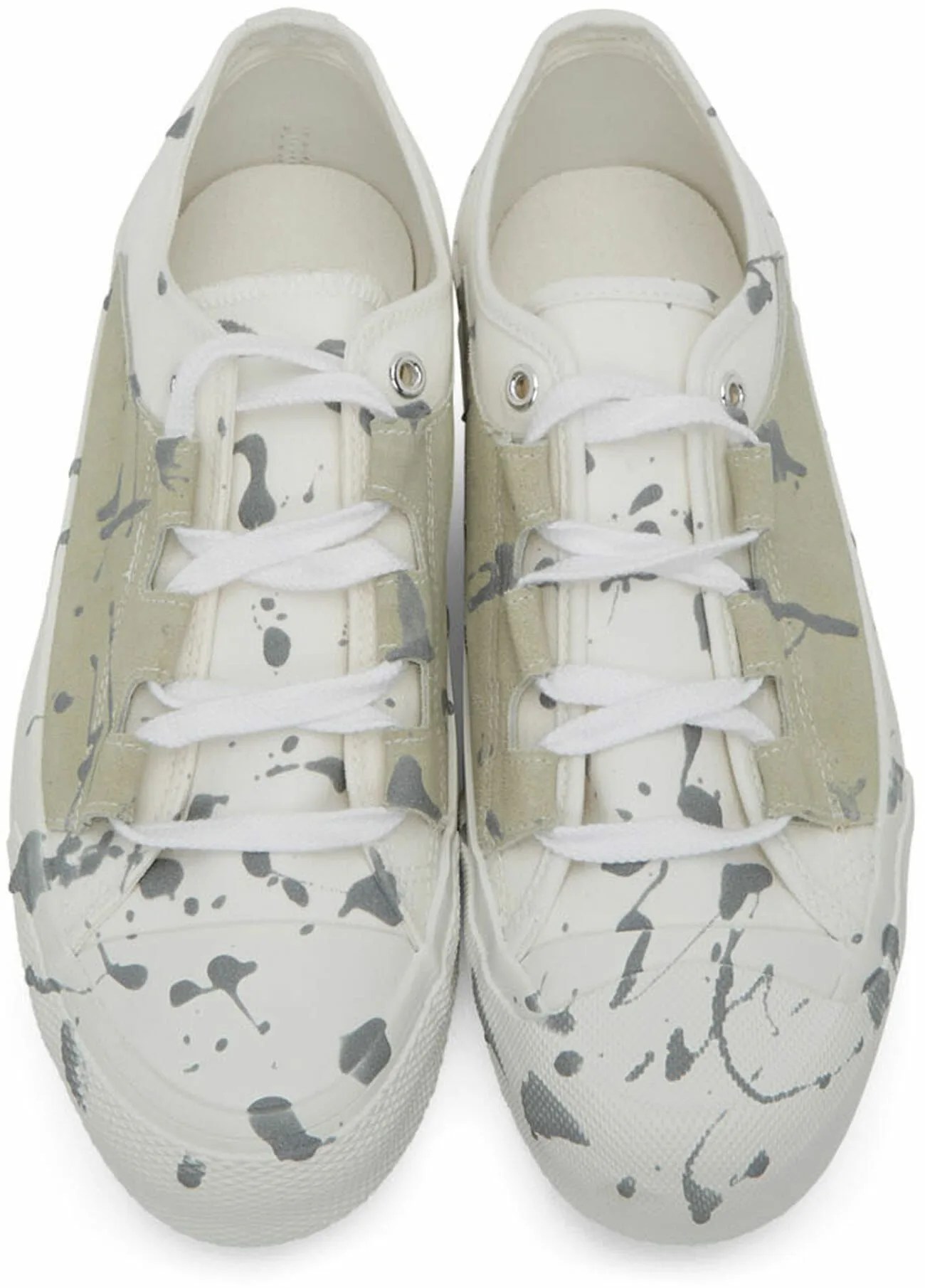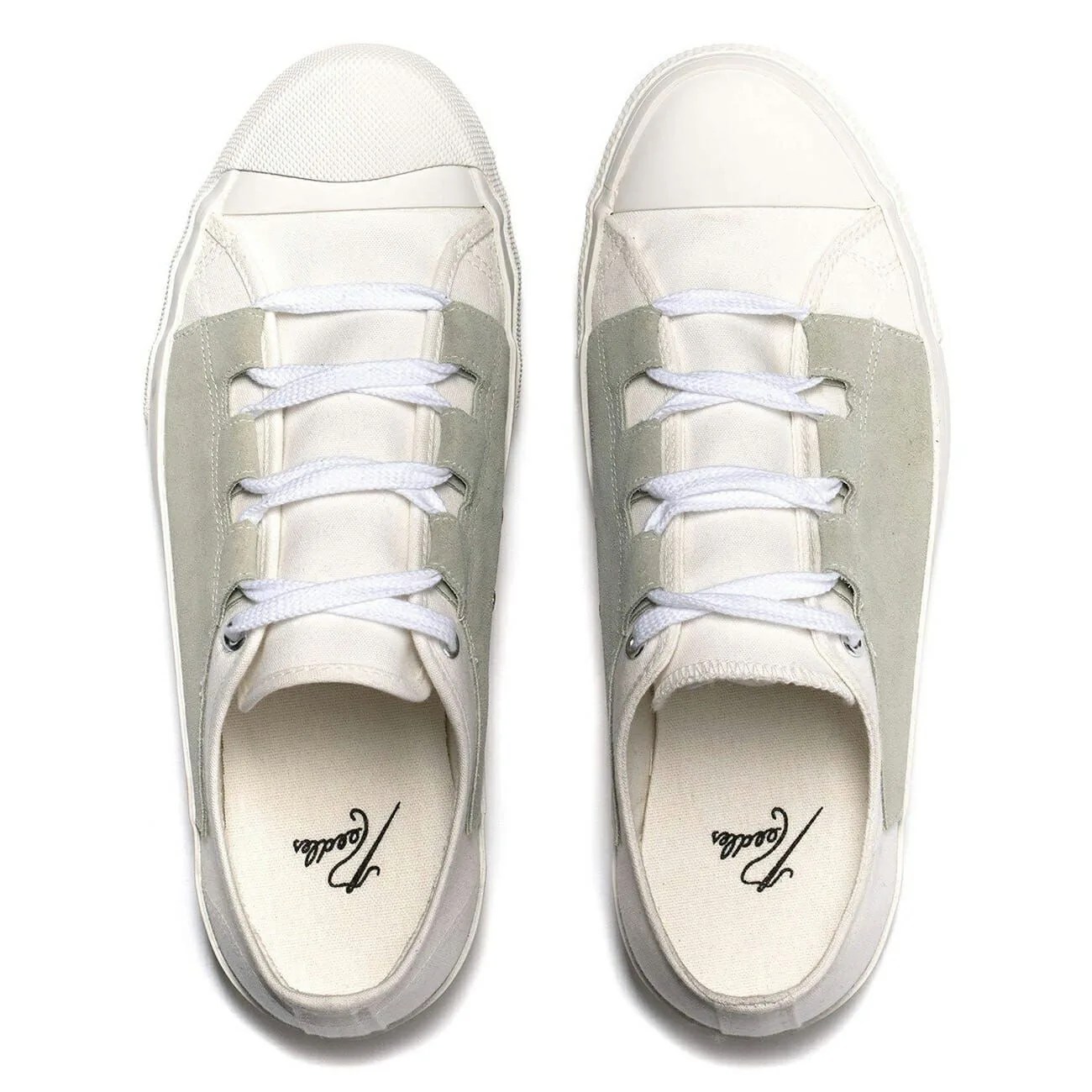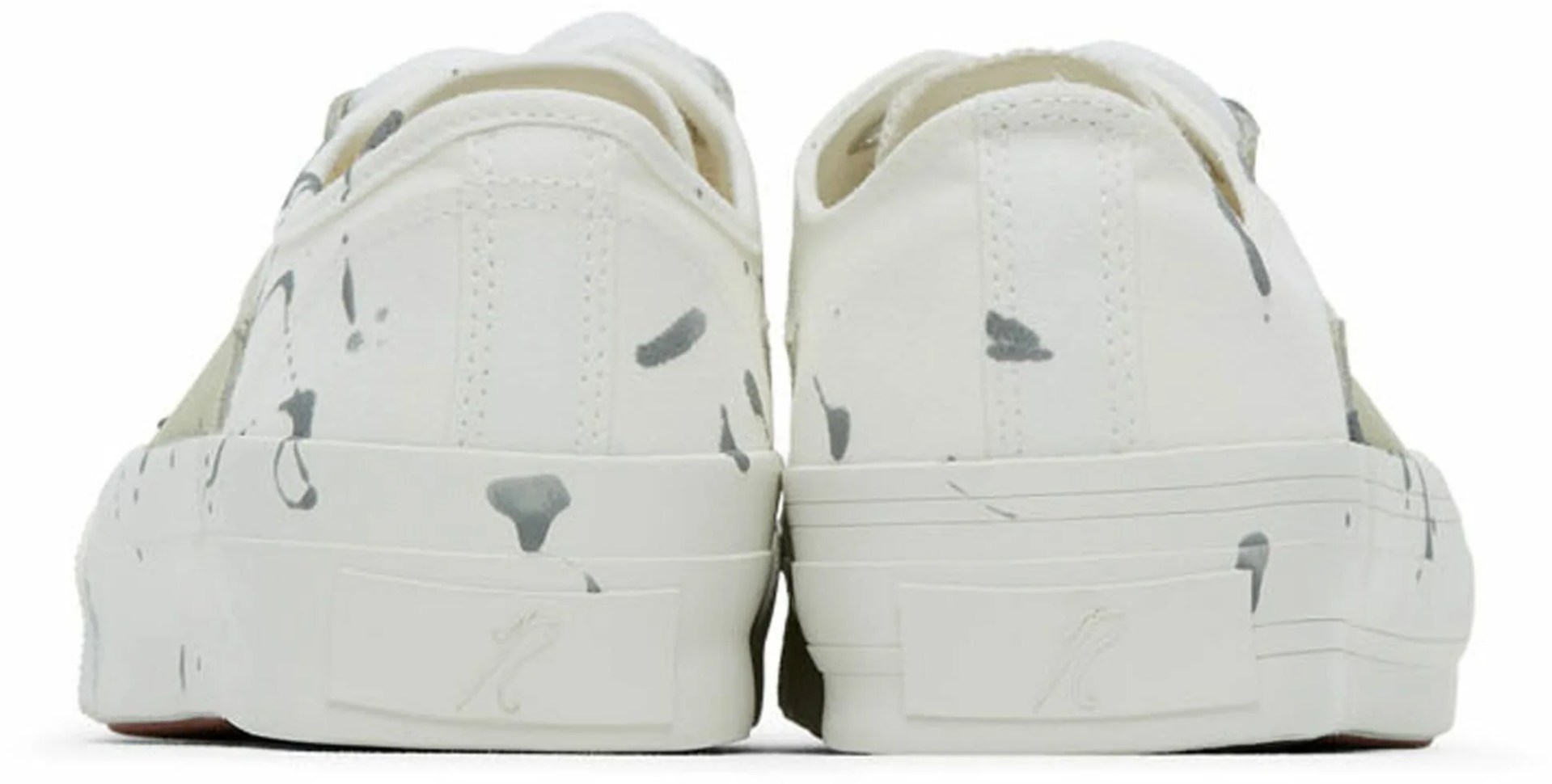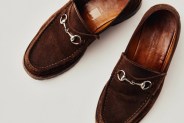What makes something a classic? For literature, classics are works that become significant points of reference. A work can achieve this ascription through its universality, time testing and by extension, longevity. Classics are those that not only recognize the past but also move the goal post. Some further than others. In fashion, it’s pieces like Ray-Ban Wayfarers, Gucci Loafers and the “Little Black Dress” from Breakfast at Tiffany’s designed by Givenchy.
A “modern classic” is a bit harder to define. As literary journalist Esther Lombardi put it, it’s kind of like saying “ancient baby.” Modern classics have most of the requirements that classic-classics have — they just haven’t put in the time. You can argue which garments currently stand as modern classics or “pre classics.” While time will be the last test, I’m making an argument for this one: Needles’ Asymmetric Ghillie Sneaker. Before that, a little background on the brand.
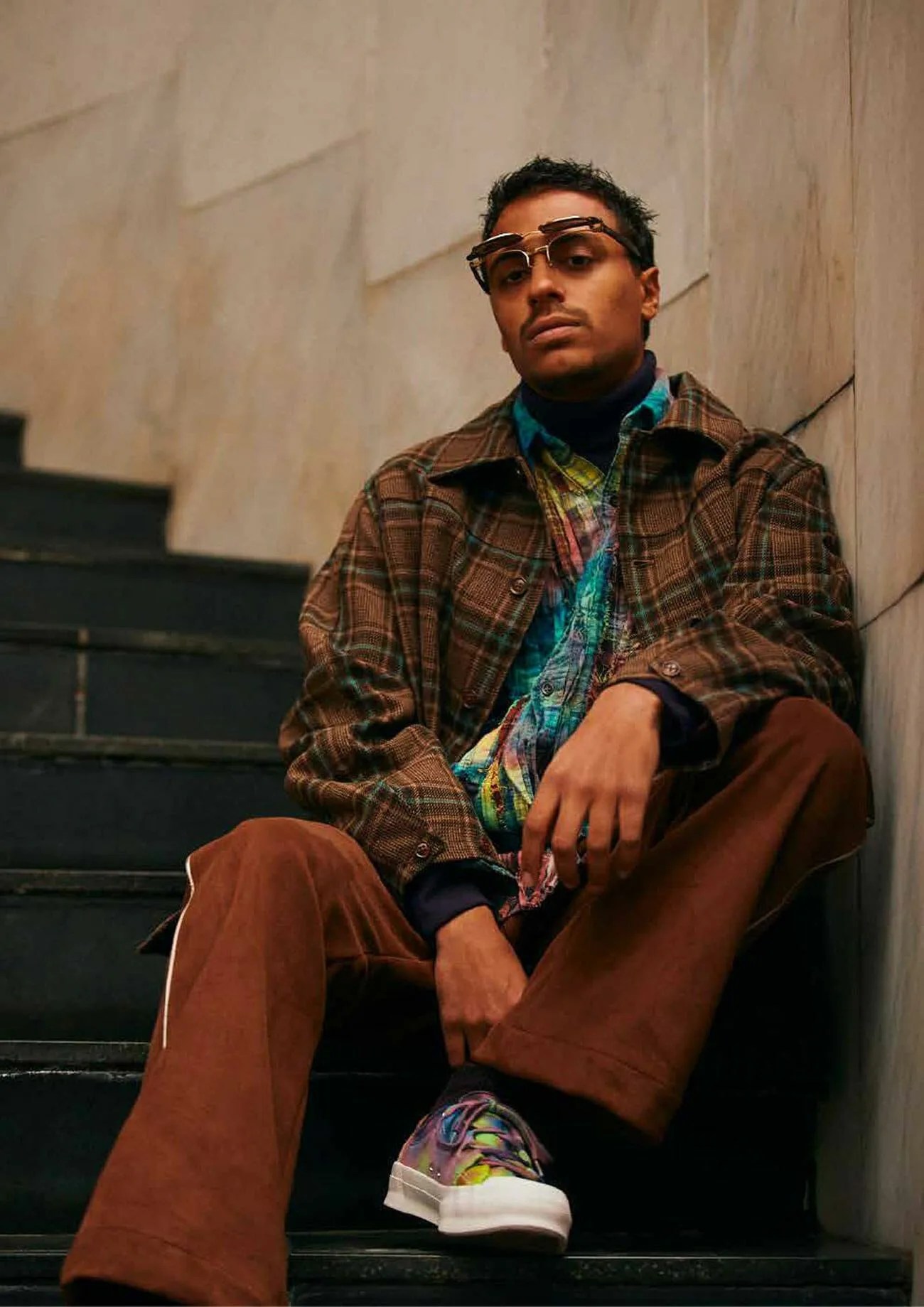
American manufacturing was declining in the 1990s. For Japanese shop owner Keizo Shimizu, that spelled bad news for his Tokyo-based store, Nepenthes, which imported U.S.-made fashion from brands like Ralph Lauren, New Balance, L.L. Bean and Gitman Brothers. So in 1997, Shimizu launched his own brand, Needles, as a way to supplement the store. It would be made in Japan and have the Americana influence which he (and his customers) loved, but it wouldn’t be a straightforward reproduction of the clothes he was importing.
From his interview with retailer SSENSE, Shimizu speaks on the DNA of Needles, saying that he and co-founder of Nepenthes, Daiki Suzuki, “wanted things that we couldn’t get through import; something that could be made in Japan based on items we’d seen — simple but with a little twist.”
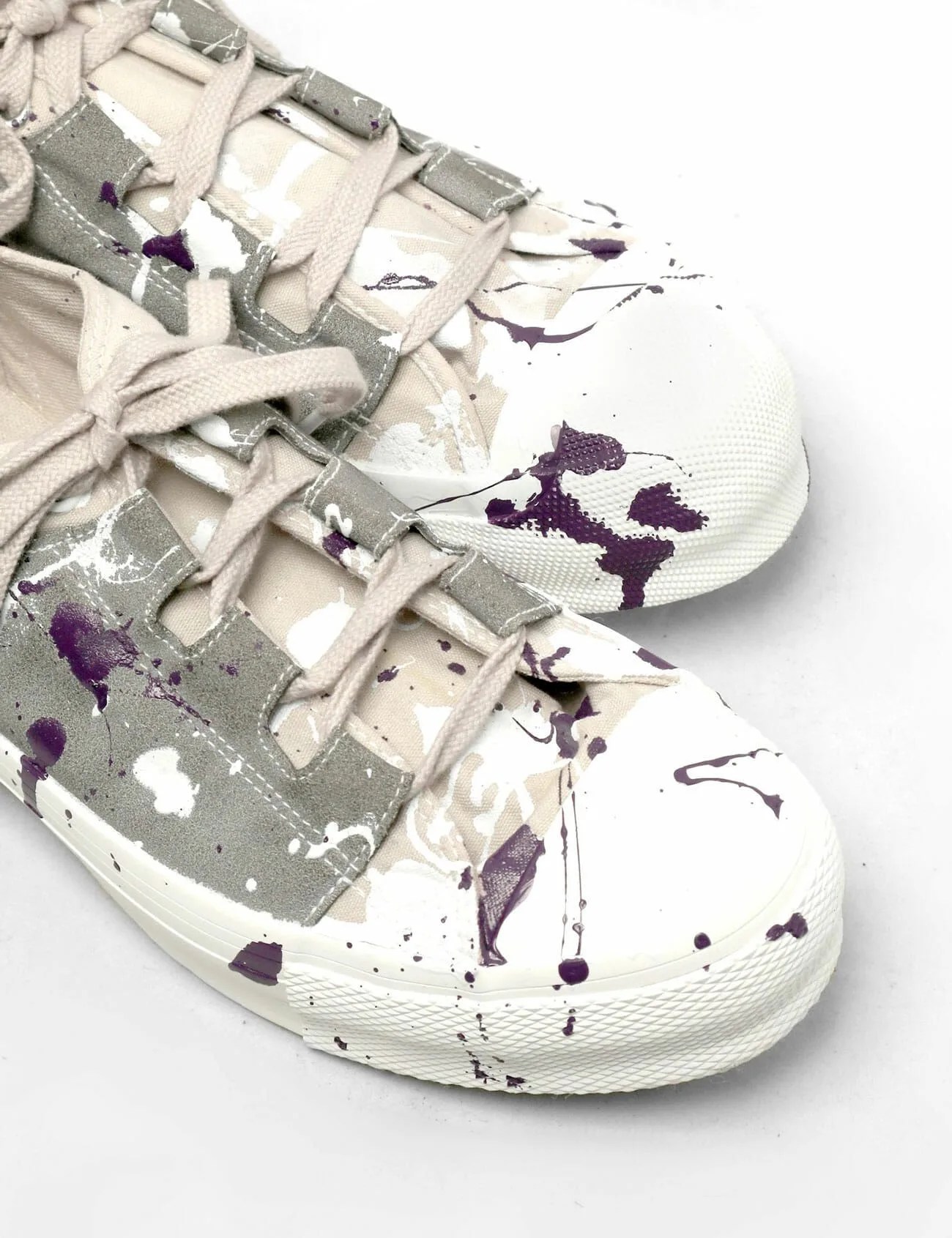
That little twist means everything and is what separates the Needles brand from its contemporaries, many of which also look to Americana for inspiration. Needles pulls from all corners, tossing together a fashion salad using ingredients few others would think to combine. ’70s-style satin shirts can and will be paired with track pants and wooden clogs. Patterns, textures and silhouettes are played with in nonstop experimentation. It’s militaria, Ivy, workwear, rugged and avant-garde simultaneously. Somehow, it all works. “I don’t make any rules when I design or coordinate my clothes, because ignoring rules which I’ve read in Men’s Club magazine in the past sometimes creates an interesting look,” Shimizu says. “I like a style which is a bit off-balanced in color, shape, taste, etc.”
